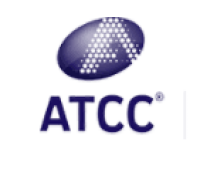Plasmid Replicon Typing
互联网
1041
To facilitate the study of plasmids and their roles in human and animal health, environmental processes, and microbial adaptation and evolution, plasmid classification has been an important focus of plasmid biologists over the years. Initial schemes were based on the ability of a plasmid to inhibit F fertility, but due to certain limitations, these methods were superseded by incompatibility or Inc typing. Inc typing classifies plasmids by their ability to stably coexist with other plasmids in the same bacterial strain, a trait that is dependent on their replication machinery. Coresident plasmids are incompatible when they share the same replication mechanisms. Since plasmid replicon type determines Inc group, the terms Inc and Rep type to describe plasmid types are used interchangeably. Initially, Inc typing relied on introduction of a plasmid into a strain carrying another plasmid and determining whether both plasmids were stably maintained in the progeny. However, physical Inc typing is time consuming and not easily used in large-scale applications. Some of these shortcomings were addressed through development of a classification scheme based on identification of basic replicons using DNA hybridization and of a polymerase chain reaction (PCR)-based method of replicon typing enabling plasmid typing on a large scale. Here, we elaborate on a recently described PCR-based typing method that streamlines the typing of plasmids occurring among the Enterobacteriaceae; we believe the method will prove applicable to the study of plasmids on a large scale.




![PSMB9 LMP2=proteasome LMP2.s {alternatively spliced} [human, EBV-transformed B lymphoblastoid typing cell lines, mRNA, 645 nt].](https://img1.dxycdn.com/p/s14/2024/0514/752/2760093895118520971.jpg!wh200)




